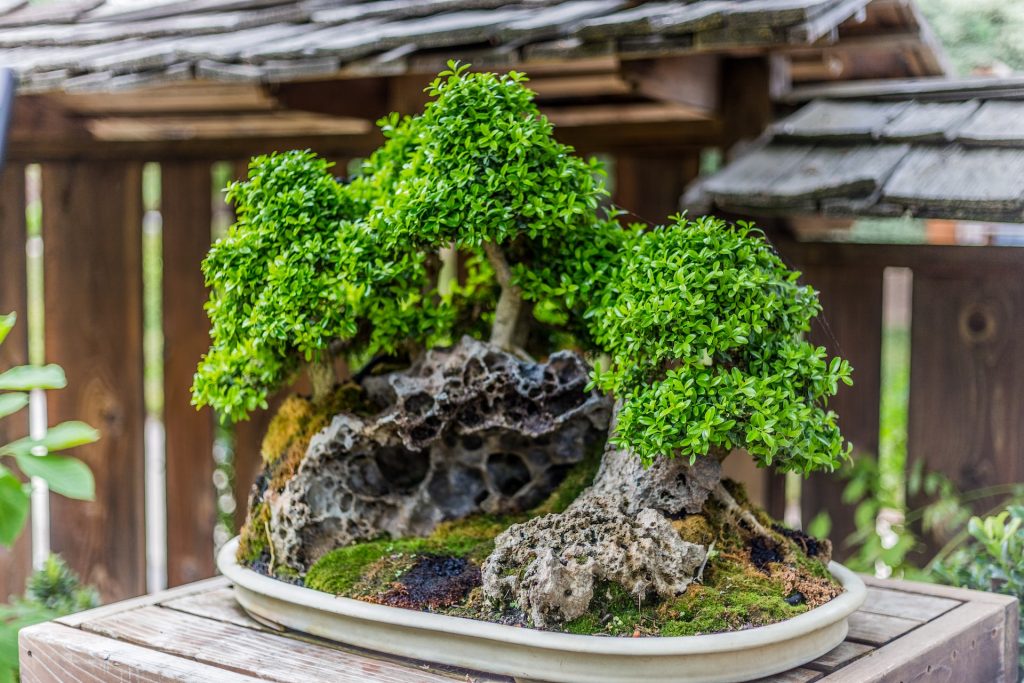Table of Contents
Imagine you’ve just moved into a new apartment and are looking for ways to make it feel like home. One of the things you decide to do is add some plants to your living space. You go to your local garden center and find a wide selection of Japanese plants to choose from. You decide to buy a few of them to add some life to your new place.
If you’re looking for low-maintenance plants that don’t require a lot of light or water to thrive, Japanese plants are a great option for indoor gardening. In this article, we will cover the most popular Japanese plants that can be grown indoors, as well as how to care for them so that they stay healthy and beautiful.
As you can see, Japanese plants make great additions to any indoor garden. They are low-maintenance plants that don’t require a lot of light or water to thrive, making them perfect for anyone who wants to add a touch of nature indoors without having to worry about too much upkeep. In this article, we have covered the most popular Japanese plants that can be grown indoors, as well as how to care for them so that they stay healthy and beautiful. So if you are looking for a low-maintenance plant to add to you indoor garden, a Japanese plant is a great option.
What are some popular Japanese plants that can be grown indoors?
Japanese Larch Bonsai
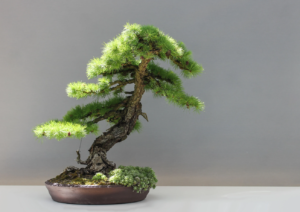
One of the most popular Japanese plants that can be grown indoors is the Japanese larch bonsai. This plant is native to Japan and grows well in cold climates. It has small, dark green leaves and produces yellow flowers in the spring. The Japanese larch bonsai is a low-maintenance plant.
Japanese Fern Tree
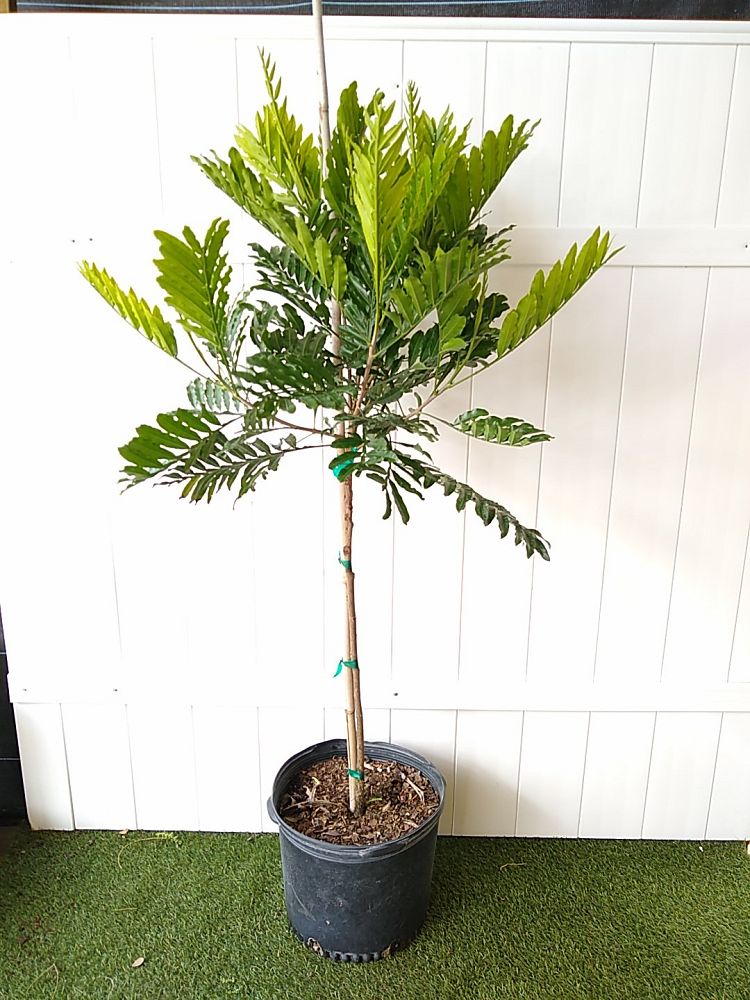
Another popular Japanese plant that can be grown indoors is the Japanese fern tree. This plant has large, dark green leaves and can grow up to 10 feet tall. It does best in partial sunlight and requires moist soil to thrive. The Japanese fern tree is a low-maintenance plant that doesn’t require a lot of water or fertilizer.
Buy Japanese Fern Tree at Plantvine.com
Japanese Maple Bonsai
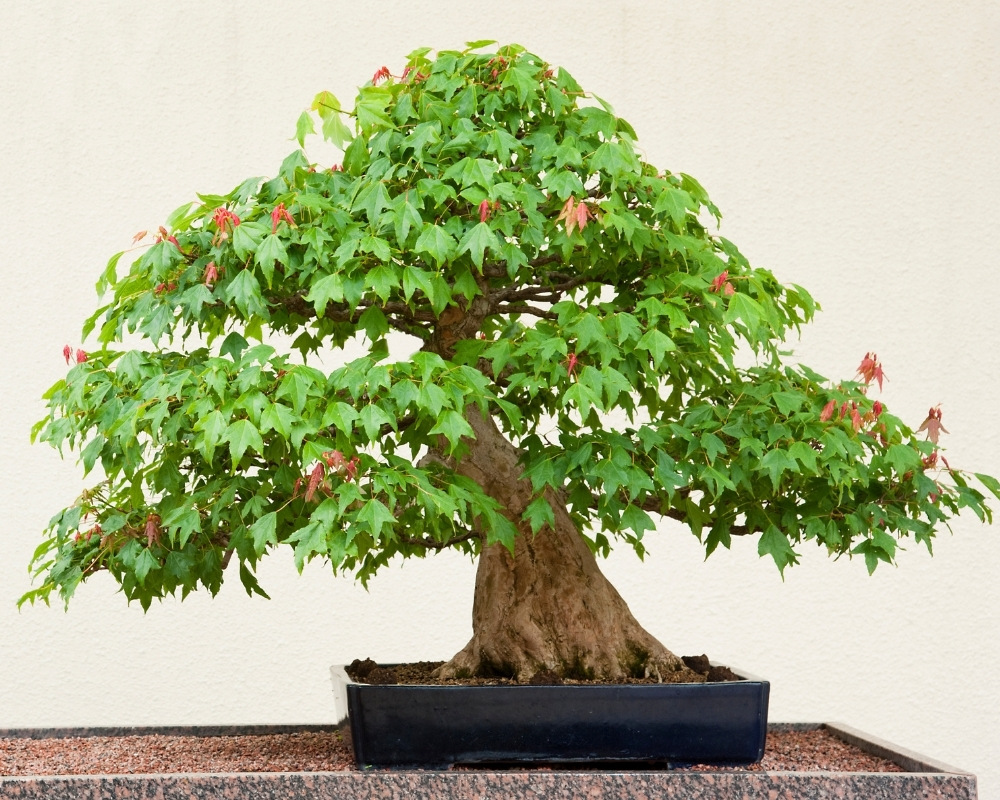
One of the most popular bonsai trees is the Japanese maple bonsai. This tree is native to Japan and grows well in temperate climates. It has small, dark green leaves and produces red and orange flowers in the spring. The Japanese maple bonsai is a low-maintenance plant that doesn’t require a lot of light or water to thrive.
Japanese Weeping Willow

Another popular Japanese plant that can be grown indoors is the Japanese weeping willow. This plant has long, green leaves and grows up to 20 feet tall. It does best in full sunlight and requires moist soil to thrive. The Japanese weeping willow+ is a low-maintenance plant that doesn’t require a lot of water or fertilizer.
Japanese Bamboo
One of the most popular plants for indoor gardening is Japanese bamboo. This plant has long, green leaves and grows up to 10 feet tall. It does best in full sunlight and requires moist soil to thrive. Japanese bamboo is a low-maintenance plant that doesn’t require a lot of water or fertilizer.
Kokedama
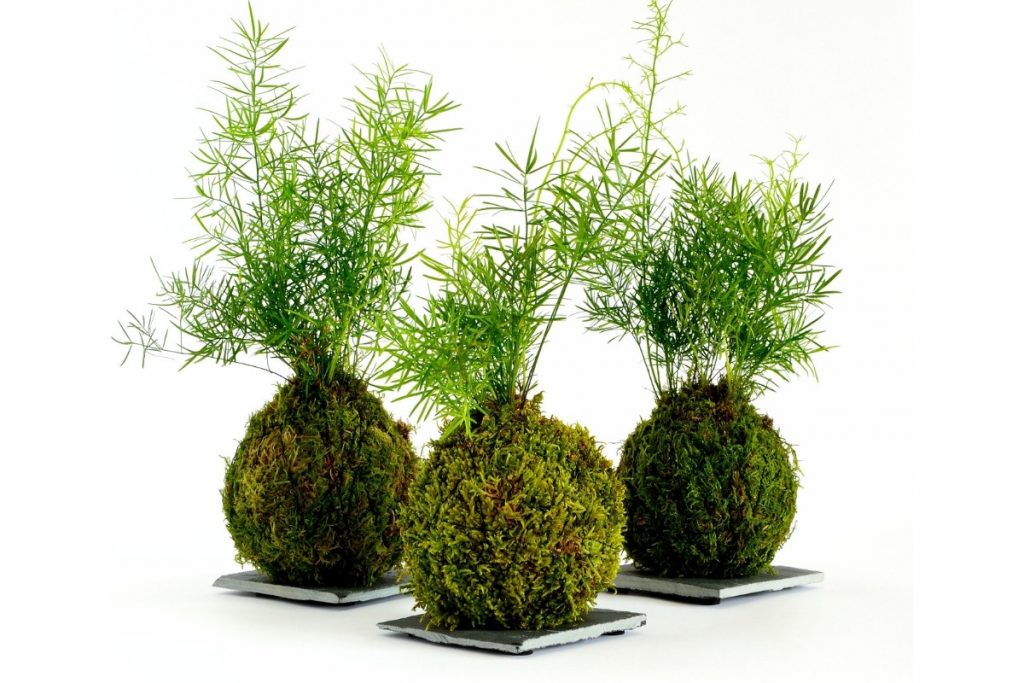
Kokedama is a Japanese art form that involves growing plants in moss-covered balls of soil. This is a popular plant for indoor gardening because it doesn’t require a lot of light or water to thrive. Kokedama is a low-maintenance plant that doesn’t require a lot of fertilizer either.
Japanese Peace Lily

The Japanese peace lily is a popular plant for indoor gardening because it doesn’t require a lot of light or water to thrive. This plant has large, dark green leaves and produces white flowers in the summer. The Japanese peace lily is a low-maintenance plant that doesn’t require a lot of fertilizer either.
Japanese Maple Plant
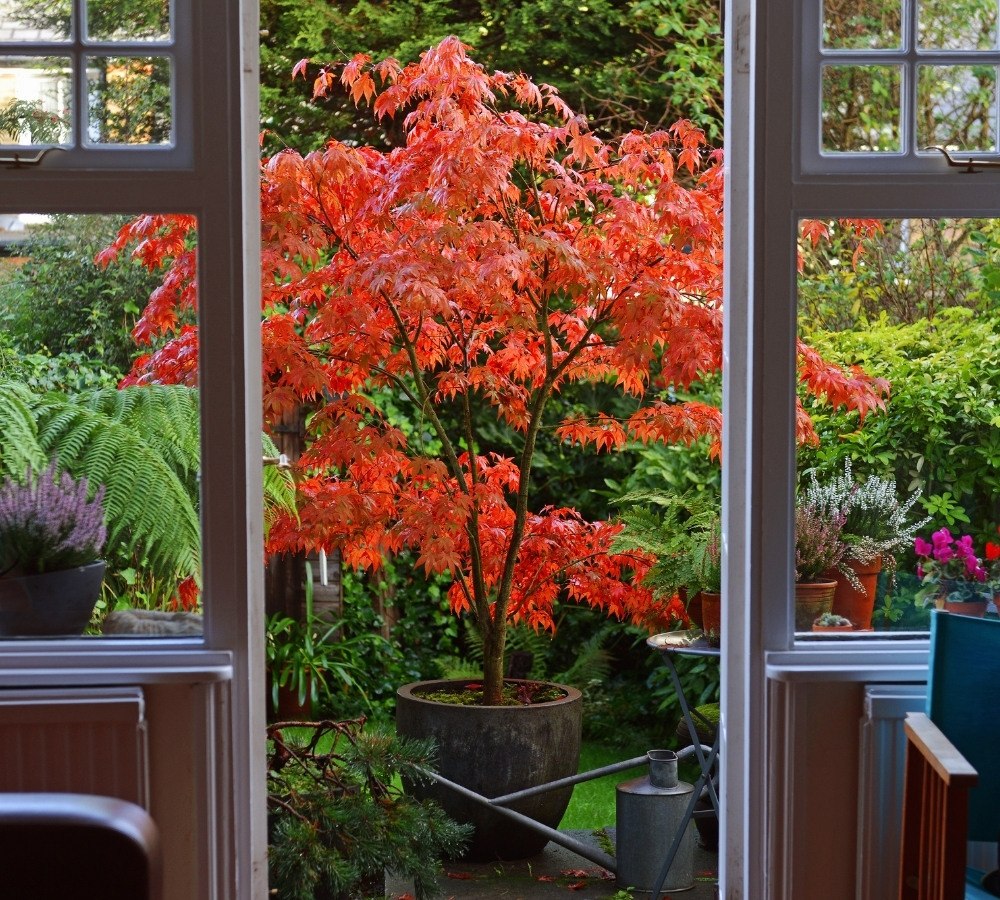
The Japanese maple plant is a popular plant for indoor gardening because it doesn’t require a lot of light or water to thrive. This plant has small, dark green leaves and produces red and orange flowers in the spring. The Japanese maple plant is a low-maintenance plant that doesn’t require a lot of fertilizer either.
Azalea Bonsai

The azalea bonsai is a popular plant for indoor gardening because it doesn’t require a lot of light or water to thrive. This plant has small, dark green leaves and produces pink and red flowers in the spring. The azalea bonsai is a low-maintenance plant that doesn’t require a lot of fertilizer either.
Japanese Stone Crop
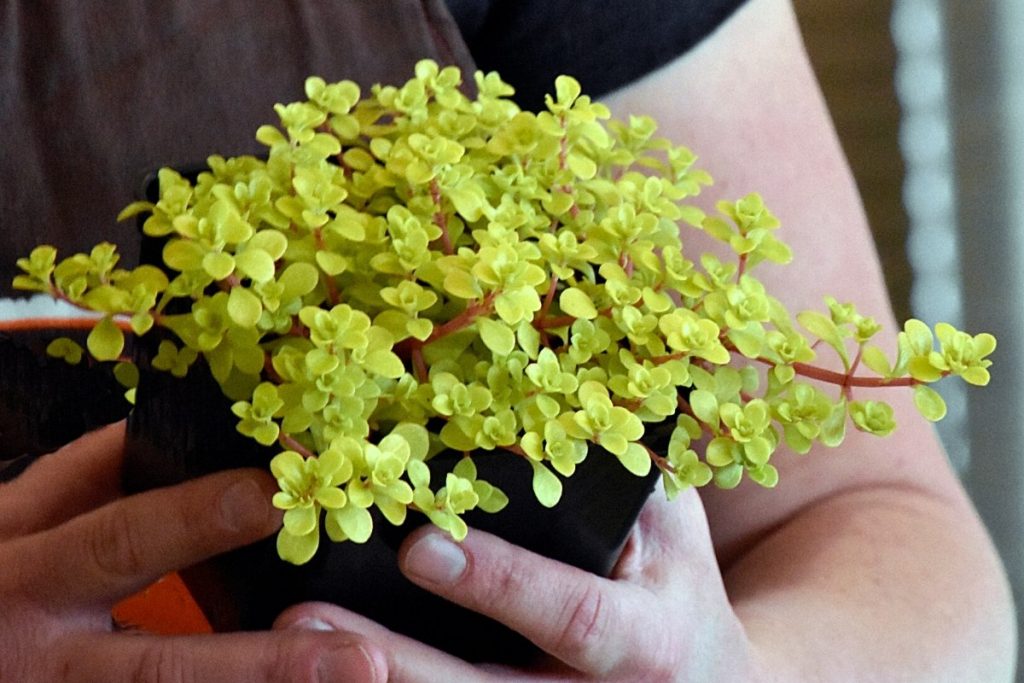
The Japanese stone crop is a popular plant for indoor gardening because it doesn’t require a lot of light or water to thrive. This plant has small, dark green leaves and produces pink flowers in the summer. The Japanese stone crop is a low-maintenance plant that doesn’t require a lot of fertilizer either.
How to care for Japanese plants
When caring for Japanese plants indoors, it is important to keep them in a sunny spot and water them regularly. You should also fertilize them once a month with a balanced fertilizer. If the leaves of your plant start to turn yellow, it means that the plant is not getting enough light. In this case, you can move the plant to a sunnier spot or use a grow light to provide it with additional light. If the leaves of your plant start to become brown and crispy, it means that the plant is getting too much water. In this case, you should reduce the amount of water you are giving it. By following these simple guidelines, you can help your Japanese plants thrive indoors.
What types of light are best for growing Japanese plants indoors
While most Japanese plants do well in full sunlight, some of them (like the Japanese maple plant) can also be grown in partial sunlight or even shade. If you are growing your Japanese plants indoors, it is important to place them in a spot where they will get at least four hours of direct sunlight each day. If you cannot provide your plants with this amount of sunlight, you can use a grow light to supplement the light they are getting.
How to water Japanese plants indoors
watering Japanese plants indoors is important, but it can also be tricky. You should water your plants when the soil feels dry to the touch, but you should avoid over-watering them, as this can cause the leaves to turn yellow or brown. It is also a good idea to mist your plants with water once a day, especially if you are keeping them in a dry climate. By following these simple tips, you can help your Japanese plants stay healthy and beautiful indoors.
When and how to fertilize Japanese plants
One of the most important things you need to do when caring for Japanese plants indoors is to fertilize them once a month. You can use a balanced fertilizer, or you can use a specific fertilizer made for bonsai plants. When fertilizing your plants, it is important to water them first, then apply the fertilizer to the soil. You should also avoid fertilizing plants that are sick or wilting. By following these simple guidelines, you can help your Japanese plants thrive indoors.
Tips for keeping your indoor Japanese plants healthy and beautiful
While caring for Japanese plants indoors can be a little bit challenging, with a little bit of care and patience you can help them thrive. Here are some simple tips to help you keep your plants healthy and beautiful:
-Place your plants in a sunny spot where they will get at least four hours of direct sunlight each day.
-Water your plants when the soil feels dry to the touch, but avoid over-watering them.
-Fertilize your plants once a month with a balanced fertilizer or a specific bonsai fertilizer.
-Mist your plants with water once a day, especially if you are keeping them in a dry climate.
By following these simple tips, you can help your Japanese plants thrive indoors. Thanks for reading!
Conclusion
Japanese plants can be a great addition to any indoor garden. They have low-maintenance requirements and don’t need much care or light, which is perfect for those who are looking for an easy way to bring nature indoors without having to worry about too many responsibilities. In this article you’ll find out more about the most popular Japanese plants that can grow indoors, as well as how to care for them so that they stay healthy and beautiful. Thanks for reading!
FAQ
Q: What is the best way to water Japanese plants indoors?
A: You should water your Japanese plants when the soil feels dry to the touch. However, you should avoid over-watering them, as this can cause the leaves to turn yellow or brown. It is also a good idea to mist your plants with water once a day.
Q: What type of light is best for growing Japanese plants indoors?
A: While most Japanese plants do well in direct sunlight, some of them (like the Japanese maple plant) can also be grown in partial sunlight or shade. If you are growing your Japanese plants indoors, it is important to place them in a spot where they will get at least four hours of direct sunlight each day. If you cannot provide your plants with this amount of sunlight, you can use a grow light to supplement the light they are getting.
Q: What is the best way to fertilize Japanese plants indoors?
A: When fertilizing Japanese plants indoors, it is important to water them first, then apply the fertilizer to the soil. You should also avoid fertilizing plants that are sick or wilting. By following these simple guidelines, you can help your Japanese plants thrive.
Q: Can I keep my Japanese plants outdoors during the summer?
A: While most Japanese plants can tolerate a little bit of outdoor exposure, it is not recommended to keep them outdoors for an extended period of time. If you live in a hot climate, it is best to keep your plants indoors during the summer months. By following these simple tips, you can help your Japanese plants thrive indoors. Thanks for reading!
In conclusion, Japanese plants make excellent additions to any indoor garden. They are low-maintenance and don’t require a lot of light or water to thrive, making them perfect for those who want to add a touch of nature indoors without having to worry about too much upkeep. In this article we will cover the most popular Japanese plants that can be grown indoors, as well as how to care for them so that they stay healthy and beautiful. Thanks for reading!

